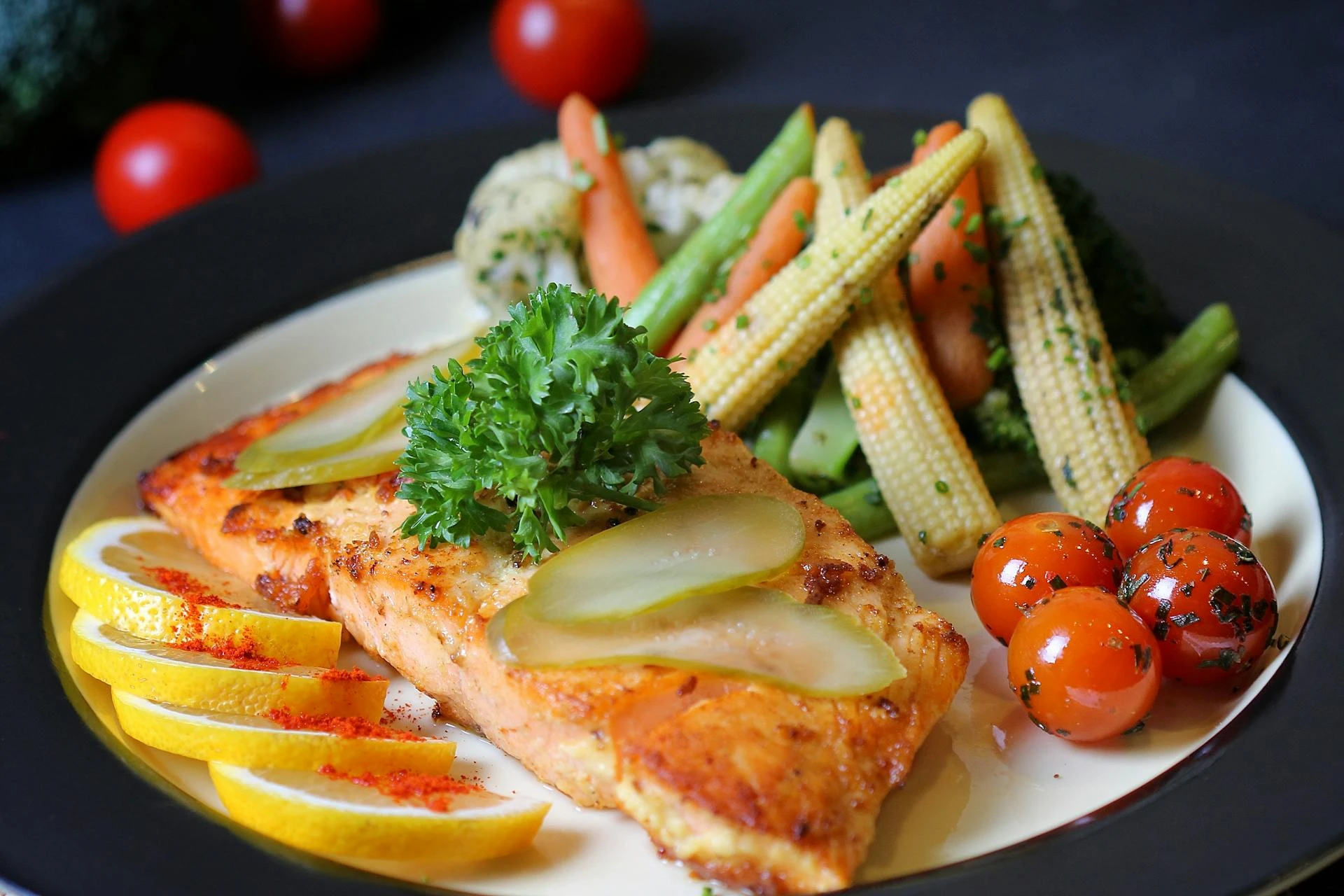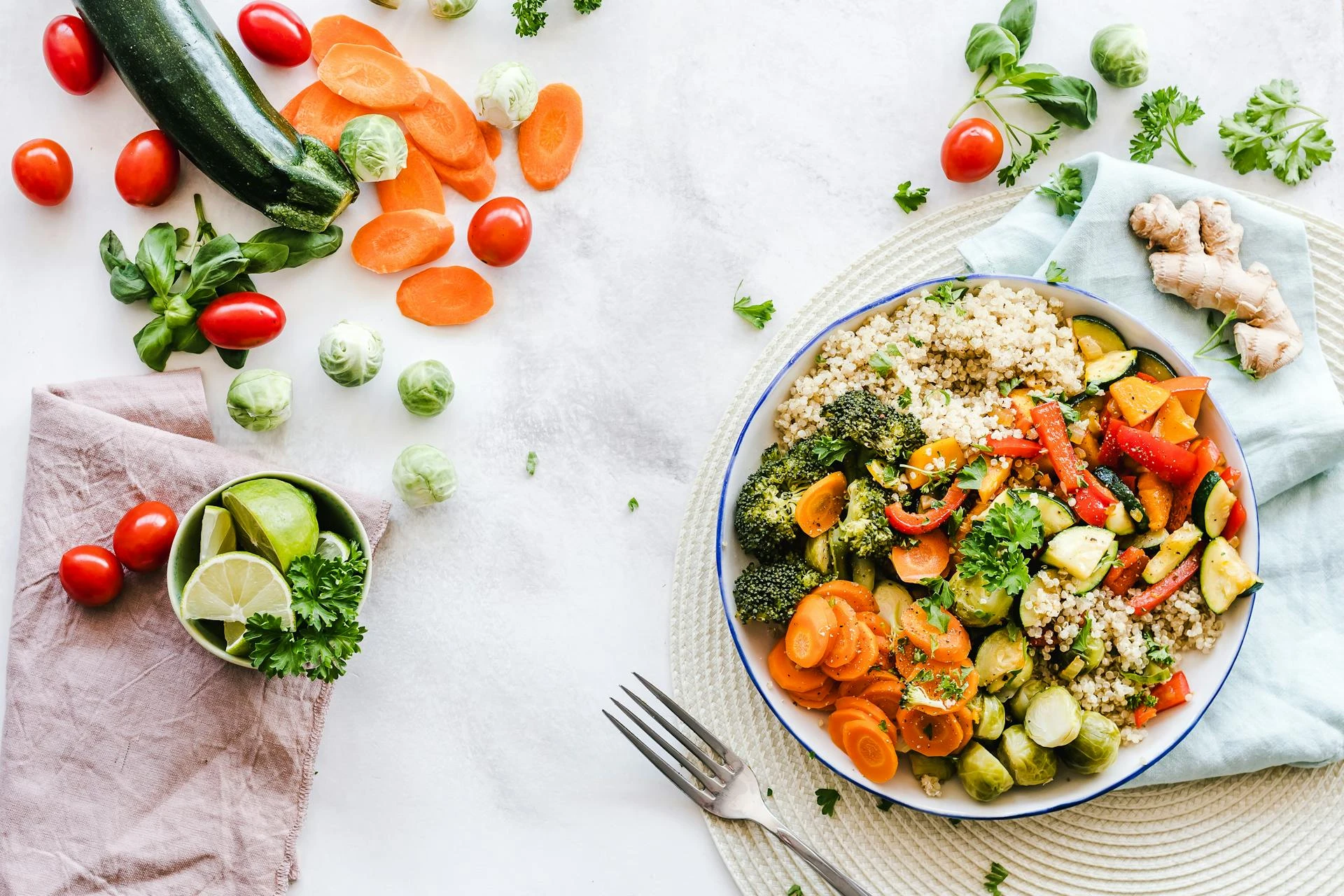Table of Contents
Carbohydrates are often seen as the enemy of blood sugar control, but not all carbs are bad. For diabetics and pre-diabetics, understanding which types of carbohydrates to eat and which to limit is essential for maintaining stable blood sugar levels and preventing complications.
Instead of eliminating carbs completely, the goal should be to choose high-quality, nutrient-dense carbohydrates that digest slowly and provide long-lasting energy. This article explores the best carbohydrate choices for diabetes management, how they affect blood sugar, and practical ways to include them in a balanced diet.
How Carbohydrates Affect Blood Sugar
Carbohydrates are broken down into glucose (sugar), which enters the bloodstream and raises blood sugar levels. In response, the pancreas releases insulin, a hormone that helps cells absorb glucose for energy.
For diabetics and pre-diabetics, this process is less efficient due to insulin resistance or inadequate insulin production, leading to higher blood sugar levels after meals.
Choosing the right types of carbohydrates can help:
✔ Prevent blood sugar spikes
✔ Improve insulin sensitivity
✔ Provide steady energy throughout the day
Understanding the Glycemic Index and Load
The glycemic index (GI) ranks carbohydrates based on how quickly they raise blood sugar. High-GI foods cause rapid spikes, while low-GI foods provide a gradual release of glucose.
- Low GI (≤55): Best for diabetics (e.g., lentils, quinoa, leafy greens)
- Medium GI (56-69): Moderation is key (e.g., brown rice, whole wheat bread)
- High GI (≥70): Avoid or limit (e.g., white bread, sugary cereals)
The glycemic load (GL) considers both the GI and the portion size of food. Even a high-GI food can have a low impact if eaten in small amounts.
Now, let’s explore the best carbohydrate choices for diabetics and pre-diabetics.
1. High-Fiber, Non-Starchy Vegetables
Non-starchy vegetables are low in carbohydrates, rich in fiber, and packed with essential nutrients. They slow digestion, reducing blood sugar spikes.
Best Choices:
✔ Leafy greens (spinach, kale, arugula)
✔ Cruciferous vegetables (broccoli, Brussels sprouts, cauliflower)
✔ Bell peppers, zucchini, tomatoes, cucumbers
✔ Mushrooms, eggplant, asparagus
How to Include Them:
- Add spinach or kale to smoothies.
- Use cauliflower rice as a low-carb alternative to white rice.
- Roast broccoli and bell peppers with olive oil for extra flavor.
2. Whole Grains Instead of Refined Grains
Whole grains contain fiber, vitamins, and minerals, while refined grains (white rice, white bread) are stripped of nutrients and spike blood sugar.
Best Choices:
✔ Quinoa (low GI, high protein)
✔ Brown rice (fiber-rich alternative to white rice)
✔ Whole wheat bread and pasta
✔ Oats (especially steel-cut or rolled oats)
✔ Barley (rich in beta-glucans, which improve insulin sensitivity)
How to Include Them:
- Replace white rice with quinoa or brown rice.
- Use whole wheat bread instead of white bread.
- Enjoy a bowl of oatmeal with cinnamon for breakfast.
3. Legumes for Protein and Fiber
Beans and lentils are excellent sources of fiber and plant-based protein, which help regulate blood sugar and keep you full longer.
Best Choices:
✔ Lentils (low GI, rich in iron and fiber)
✔ Chickpeas (great for making hummus or salads)
✔ Black beans, kidney beans, and pinto beans
✔ Green peas (high in fiber and protein)
How to Include Them:
- Make lentil soup for a hearty, fiber-rich meal.
- Add chickpeas to salads or roast them as a crunchy snack.
- Use black beans in tacos or burritos.
4. Low-Glycemic Fruits
Fruits contain natural sugars but also fiber, vitamins, and antioxidants. Choosing low-GI fruits helps keep blood sugar stable.
Best Choices:
✔ Berries (strawberries, blueberries, raspberries)
✔ Apples and pears (rich in fiber)
✔ Oranges and grapefruit (contain vitamin C)
✔ Peaches and plums (low GI, nutrient-dense)
How to Include Them:
- Add berries to Greek yogurt for a healthy snack.
- Eat an apple with almond butter for sustained energy.
- Enjoy a small orange instead of fruit juice.
Tip: Avoid fruit juices and dried fruits, as they lack fiber and spike blood sugar quickly.
5. Nuts and Seeds for Slow-Digesting Carbs
Nuts and seeds provide healthy fats, protein, and fiber, helping to slow glucose absorption and improve insulin response.
Best Choices:
✔ Almonds, walnuts, cashews
✔ Chia seeds and flaxseeds (high in omega-3s)
✔ Pumpkin and sunflower seeds
✔ Peanut butter (natural, no added sugar)
How to Include Them:
- Sprinkle chia or flaxseeds on oatmeal or smoothies.
- Snack on a handful of almonds or walnuts.
- Use natural peanut butter on whole wheat toast.
6. Dairy Alternatives with Low Sugar
Dairy products contain lactose, a natural sugar. Choosing unsweetened versions helps prevent unnecessary blood sugar spikes.
Best Choices:
✔ Greek yogurt (high protein, probiotic benefits)
✔ Cottage cheese (low-carb, protein-rich)
✔ Unsweetened almond or coconut milk
How to Include Them:
- Mix Greek yogurt with berries for a balanced breakfast.
- Use unsweetened almond milk in smoothies or coffee.
Tip: Avoid flavored yogurts and sweetened milk alternatives, as they contain added sugars.
Carbohydrates to Limit or Avoid
Some carbohydrates raise blood sugar too quickly and provide little nutritional value. These should be limited or replaced with healthier alternatives.
High-Glycemic Carbs to Avoid:
❌ White bread, white rice, and refined pasta
❌ Sugary cereals and granola bars
❌ Candy, soda, and fruit juices
❌ Baked goods (cookies, cakes, pastries)
Tip: If eating high-GI foods, pair them with protein or healthy fats to slow digestion and reduce blood sugar spikes.
Final Thoughts on Choosing the Right Carbohydrates
Carbohydrates are not the enemy, but choosing the right types is essential for stable blood sugar levels and long-term health.
Key Takeaways:
✔ Prioritize high-fiber, whole-food carbohydrates like vegetables, whole grains, and legumes.
✔ Limit refined and processed carbs that cause rapid glucose spikes.
✔ Pair carbohydrates with protein and healthy fats to slow digestion.
✔ Monitor portion sizes to avoid excess carb intake.
By making smart carbohydrate choices, diabetics and pre-diabetics can enjoy a balanced diet while keeping blood sugar levels under control.
Scientific References
- Jenkins, D. J., et al. (2002). Glycemic index of foods and its role in diabetes management. The American Journal of Clinical Nutrition, 76(1), 266-273.
- Ludwig, D. S. (2011). The glycemic index and diabetes risk. JAMA, 305(23), 2352-2353.
- Esposito, K., et al. (2010). Whole grains and insulin sensitivity. Diabetes Care, 33(2), 233-240.





